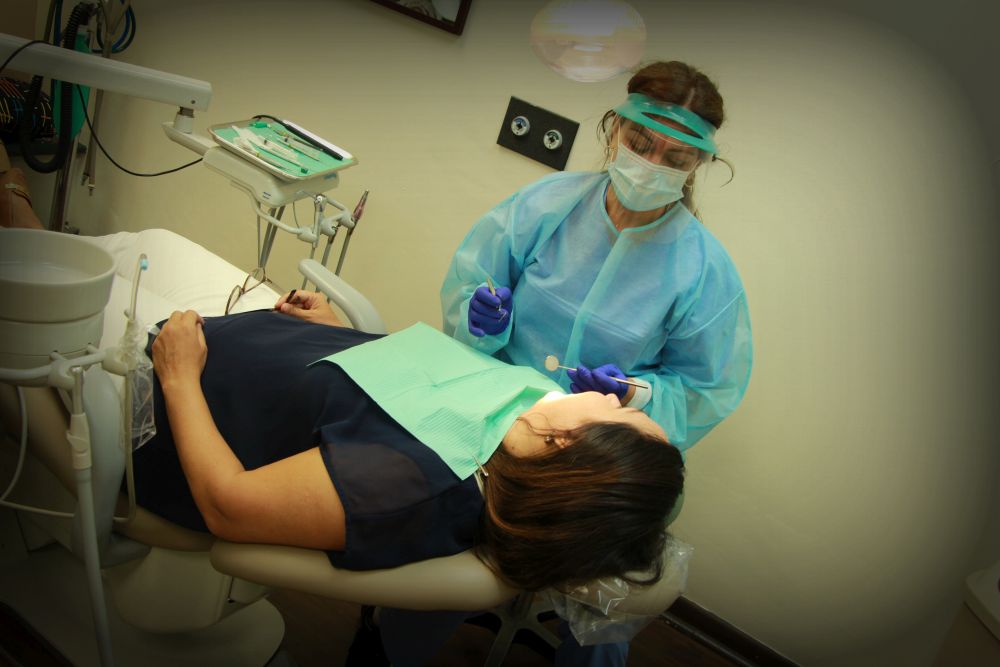
Having regular expert maintenance is normally done by an oral hygienist, rather than a dentist. It is normally advisable for it to be done every six months; this is determined by your oral health.
The aim of customary expert maintenance is to clean places which have been omitted, are difficult for an individual who is personally cleaning to access, and for cleaning solidified tartar and is difficult for ordinary techniques to remove.
Normally, oral hygienists utilize a mixture of tools such as metal devices, floss and water picks to perform standard expert dental cleaning on patients.
Types of professional Teeth Cleanings
- Prophylaxis (Professional teeth cleaning) – Gets rid of plaque accumulation that cannot be gotten rid of through brushing and is inclusive of tooth polishing. Patients who do not have symptoms of periodontal illnesses are prophylaxis cleaning candidates.
- Full Mouth Debridement – When expert cleaning of teeth has not occurred for more than a year and there is a lot of accumulation of tartar or calculus in numerous sections of the mouth, it is normally essential to have full mouth debridement. Normally, this is carried out by using a Cavitron (a machine which uses water pressure to get rid of tarter).
- Gum Therapy (Scaling and Root Planing or SRP for Gum Disease) – It is among the most efficient methods of treating gum illness. This process cleans between teeth and gums towards the root. Your dental clinician might require utilizing local anesthetic to make the roots and gums of your teeth numb. Patients who have periodontal (gum) illness should experience this procedure.
- Periodontal Maintenance – Assists to sustain the outcomes of periodontal illness treatment. This specific cleaning is carried out every 8, 10 or 2 weeks. This is determined by diagnosis. Patients who have been diagnosed earlier with periodontal illness and earlier SRP treatment are essential to their periodontal management with the regularity advised so as to manage Gum Disease.
